Black-crowned Tchagra
Posted: Fri Mar 14, 2014 5:13 pm
744. Black-crowned Tchagra Tchagra senegalus (Swartkroontjagra)
Order: Passeriformes. Family: Malaconotidae
Description
The Black-crowned Tchagra is a colourful and unmistakable species, 19–22 cm in length. It has a black crown and eye stripes separated by a broad white supercilium. They have a mean-looking hooked beak, typical of the Bushshrikes and the same furtive habits. Sexes alike.
Adult: Forehead, crown and nape black; supercilium buff, long, broad, extending back to nape. Lores black, extending as stripe through eye to otherwise buffy ear coverts. Mantle, back and inner scapulars tawny brown; outer scapulars dark brown, with broad rufous margins. Rump and upper tail coverts greyish brown. Tail black, broadly tipped white, tips broadest on outer rectrices; central pair of rectrices greyish brown, with fine cross-barring. Graduated, outmost rectrices shortest. Wing coverts bright chestnut brown; marginal coverts at carpal joint white. Flight feathers brown, with narrow chestnut outer margins. Underparts pale grey, whiter on chin, centre of throat, belly and undertail coverts; darker on sides of breast and flanks. Bill black. Eyes dark brown or dark blue-grey. Legs and feet grey.
Juvenile has a horn coloured bill, a mottled crown and a buff-tipped tail. It has a yellow bill.
Similar species: The black crown and greyish underparts distinguish it from the Brown-crowned Tchagra and Southern Tchagra. Female Marsh Tchagra has much shorter supercilium, russet (not tawny brown) back, and shorter black tail, lacking white tip.
Distribution
Occurs across sub-Saharan Africa, absent only from the deserts in and around Somalia, large areas of Namibia, and much of South Africa (excluding KwaZulu-Natal, Limpopo Province, Mpumalanga and parts of the Eastern Cape).
Habitat
From dry savanna to moist broadleaved woodland and suburban gardens. It is locally common throughout its range occupying dry, thorny savanna woodland, miombo (Brachystegia)woodland and suburban gardens.
Diet
Mainly insects, also tadpoles, small snakes and lizards. It mainly eats invertebrates, often foraging on the ground, plucking prey from the leaf litter or grass. It also takes insects from leaves and branches, and occasionally from dung.
Breeding
It is a monogamous solitary nester, with males contesting their territories by holding singing duels; the winner is decided by how well it can extend its neck and how loud it can call. The nest is a shallow cup built of rootlets, fine twigs and tendrils bound together with spider web and typically placed in a horizontal or vertical fork in a tree or bush, 1-2 m above ground. Both sexes help with the construction, which usually takes about 7 days. The female lays 1-4, usually two or three heavily marked white eggs. Both sexes, but mainly the female, incubate for 12–15 days to hatching; the chicks fledge after another 15 days, remaining with their parents for most of the non-breeding season.
Call
Loud warbling whistles: wheeya, heeea, hyoooee, whee-hoo. Listen to Bird Call.
Status
Common resident.
Order: Passeriformes. Family: Malaconotidae
Description
The Black-crowned Tchagra is a colourful and unmistakable species, 19–22 cm in length. It has a black crown and eye stripes separated by a broad white supercilium. They have a mean-looking hooked beak, typical of the Bushshrikes and the same furtive habits. Sexes alike.
Adult: Forehead, crown and nape black; supercilium buff, long, broad, extending back to nape. Lores black, extending as stripe through eye to otherwise buffy ear coverts. Mantle, back and inner scapulars tawny brown; outer scapulars dark brown, with broad rufous margins. Rump and upper tail coverts greyish brown. Tail black, broadly tipped white, tips broadest on outer rectrices; central pair of rectrices greyish brown, with fine cross-barring. Graduated, outmost rectrices shortest. Wing coverts bright chestnut brown; marginal coverts at carpal joint white. Flight feathers brown, with narrow chestnut outer margins. Underparts pale grey, whiter on chin, centre of throat, belly and undertail coverts; darker on sides of breast and flanks. Bill black. Eyes dark brown or dark blue-grey. Legs and feet grey.
Juvenile has a horn coloured bill, a mottled crown and a buff-tipped tail. It has a yellow bill.
Similar species: The black crown and greyish underparts distinguish it from the Brown-crowned Tchagra and Southern Tchagra. Female Marsh Tchagra has much shorter supercilium, russet (not tawny brown) back, and shorter black tail, lacking white tip.
Distribution
Occurs across sub-Saharan Africa, absent only from the deserts in and around Somalia, large areas of Namibia, and much of South Africa (excluding KwaZulu-Natal, Limpopo Province, Mpumalanga and parts of the Eastern Cape).
Habitat
From dry savanna to moist broadleaved woodland and suburban gardens. It is locally common throughout its range occupying dry, thorny savanna woodland, miombo (Brachystegia)woodland and suburban gardens.
Diet
Mainly insects, also tadpoles, small snakes and lizards. It mainly eats invertebrates, often foraging on the ground, plucking prey from the leaf litter or grass. It also takes insects from leaves and branches, and occasionally from dung.
Breeding
It is a monogamous solitary nester, with males contesting their territories by holding singing duels; the winner is decided by how well it can extend its neck and how loud it can call. The nest is a shallow cup built of rootlets, fine twigs and tendrils bound together with spider web and typically placed in a horizontal or vertical fork in a tree or bush, 1-2 m above ground. Both sexes help with the construction, which usually takes about 7 days. The female lays 1-4, usually two or three heavily marked white eggs. Both sexes, but mainly the female, incubate for 12–15 days to hatching; the chicks fledge after another 15 days, remaining with their parents for most of the non-breeding season.
Call
Loud warbling whistles: wheeya, heeea, hyoooee, whee-hoo. Listen to Bird Call.
Status
Common resident.
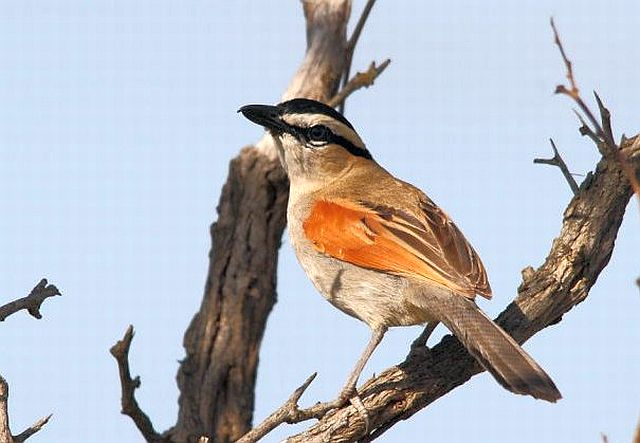
 © nan
© nan © Joan
© Joan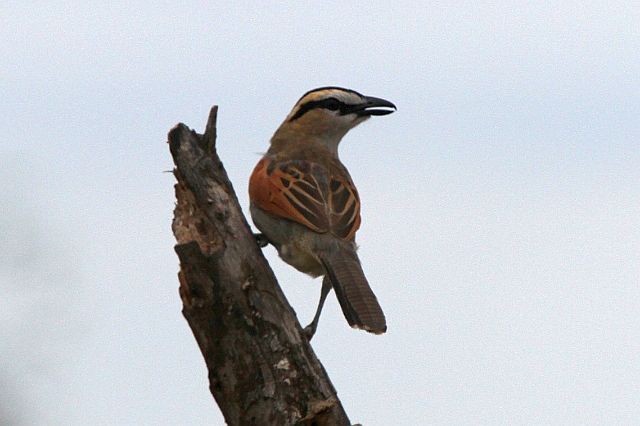 © Tina
© Tina © Flutterby
© Flutterby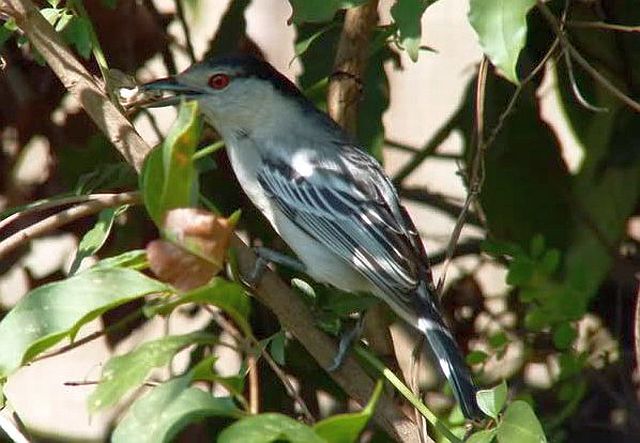 © Bushcraft
© Bushcraft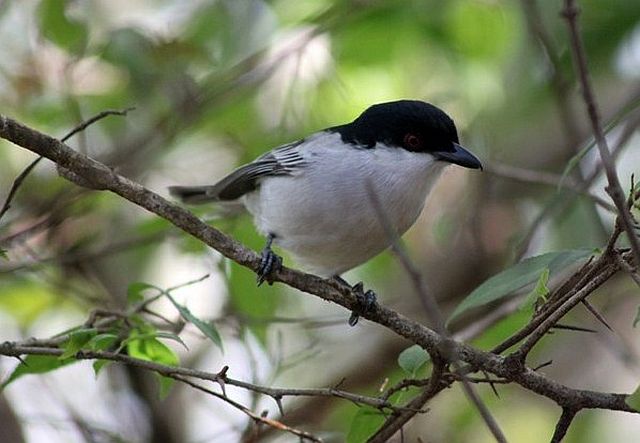 © Heksie
© Heksie © nan
© nan © lowveldboy
© lowveldboy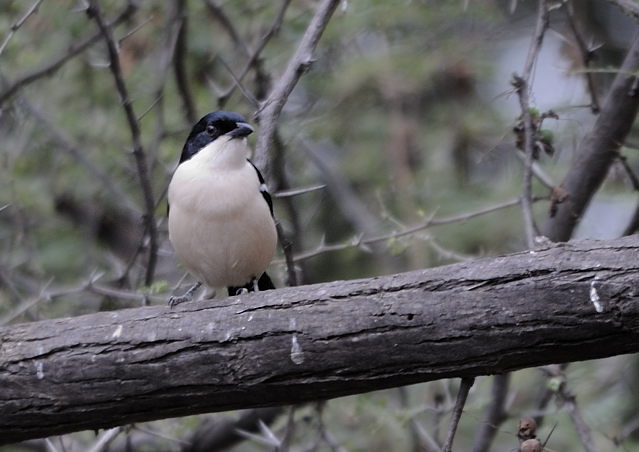 © Dewi
© Dewi © Dewi
© Dewi © Dindingwe
© Dindingwe
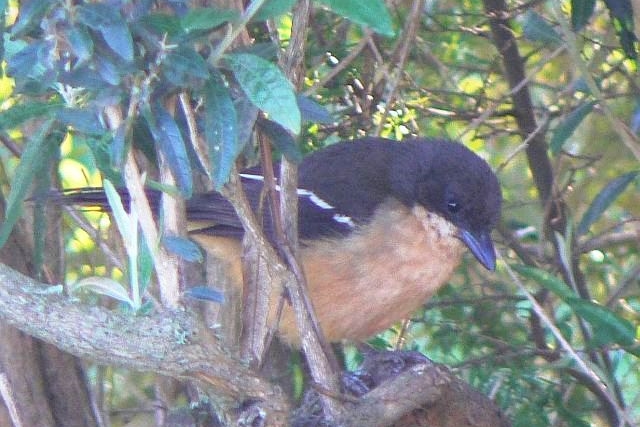 © Toko
© Toko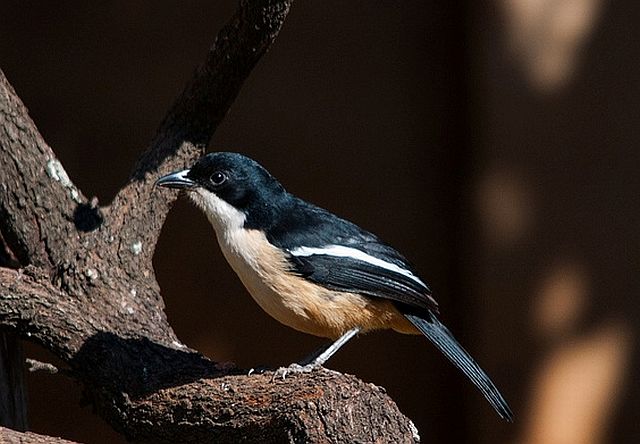 © steamtrainfan
© steamtrainfan © Pumbaa
© Pumbaa © ExFmem
© ExFmem